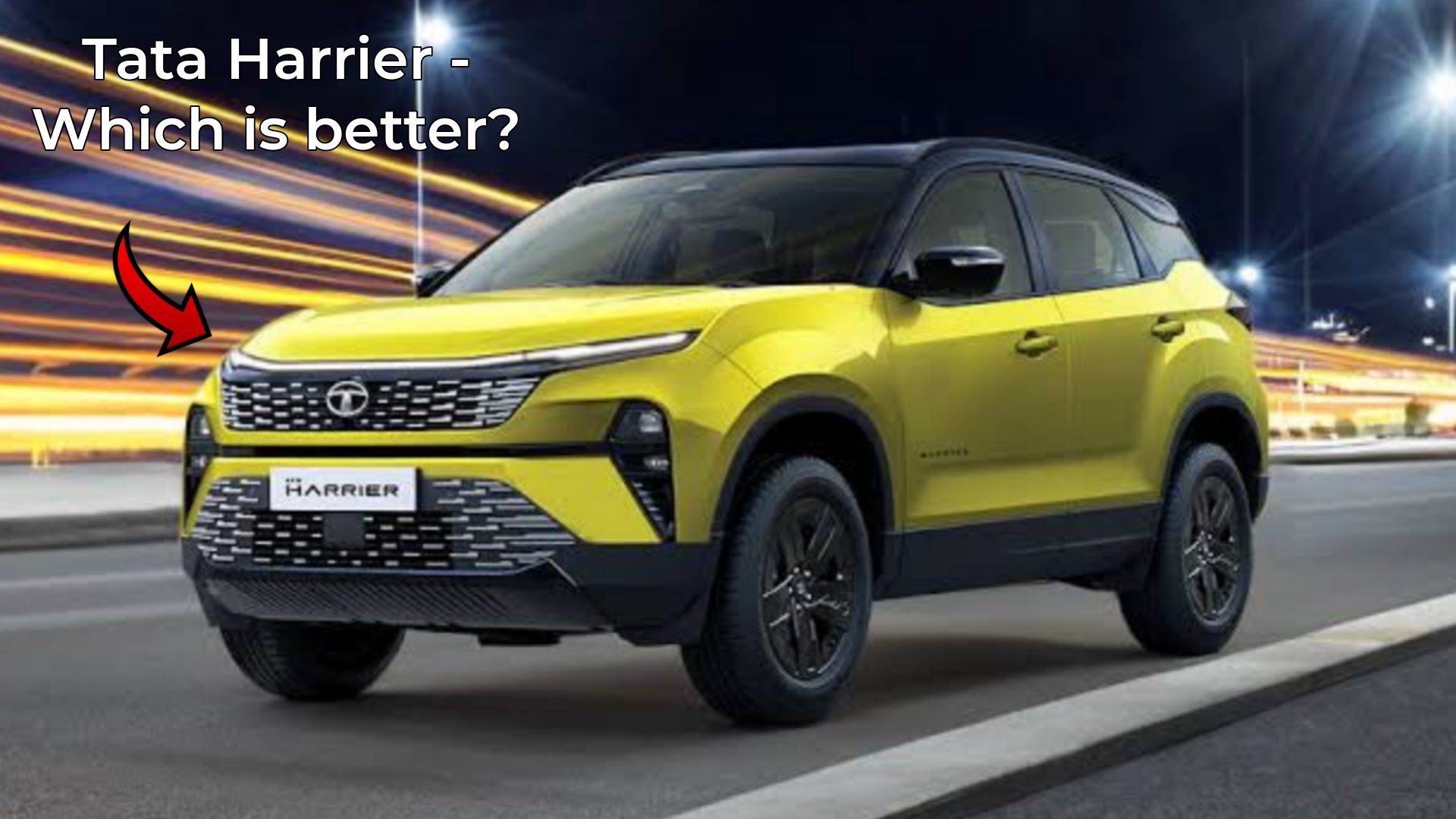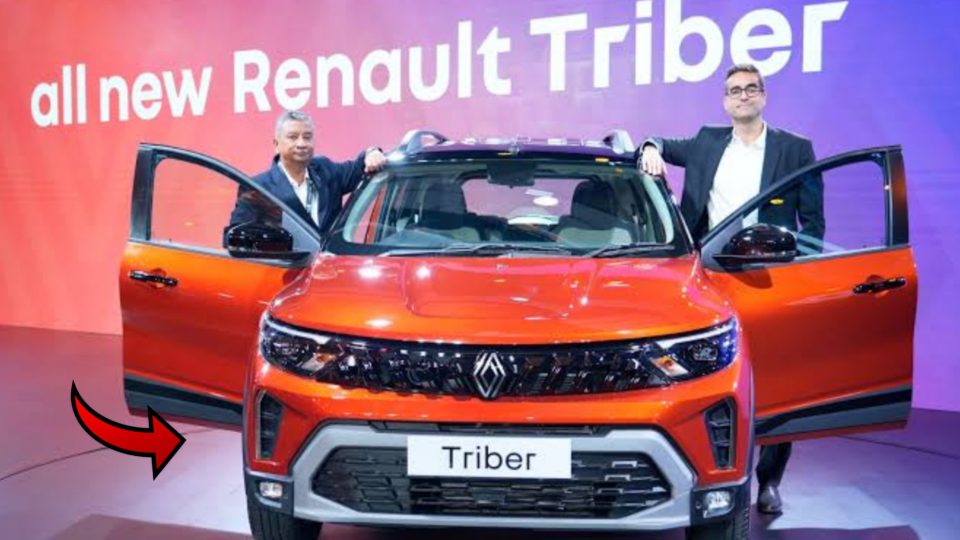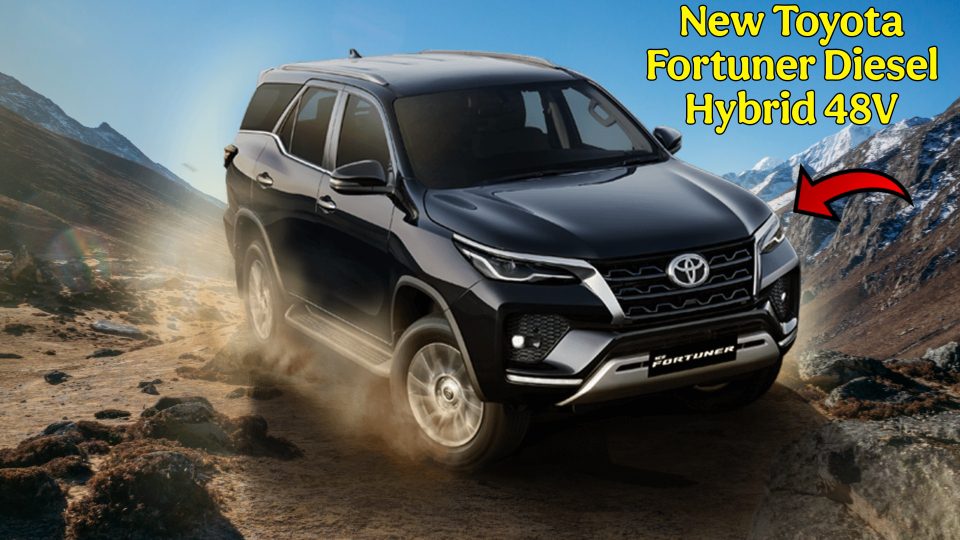Hello Guys! welcome to my article! Tata Motors has launched its most powerful and feature-rich SUV till now — Tata Harrier EV.
But now the question is —Is this Harrier EV better than the Harrier Diesel? Or is it just a hype created in the name of fancy tech?
In today’s article, we are going to do our full comparison — Harrier EV vs Harrier Diesel.
Let’s look at everything
namely:
- Design, Features of these cars,
- Range of EV vs Mileage of Diesel Car
- Power
- Off-road Capability
- Safety
- Pricing
In the end, I will tell you which of these two is better for you, according to your personal requirements.
So please read the article till the end. If you liked the article, please share it with others.
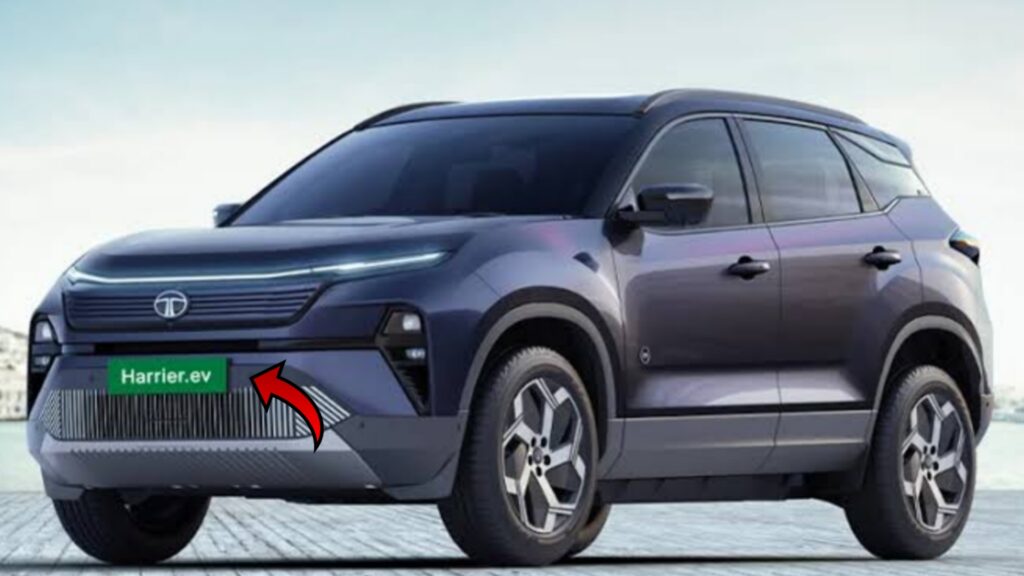
Design of the Two Cars
The two cars – the Harrier EV and the Harrier Diesel – look similar on the outside. But there are some key changes inside the vehicle.
First, the front grille (i.e. the open grille at the front of the vehicle) on the Harrier EV is closed. This is called a “closed grille”. This is a design that is typical of an electric car. But in the diesel Harrier car, a “black out grille” (a black, open grille) has been given in that place. It has dark chrome metallic edges around it.
The Harrier EV car has a badge that says “EV” (Electric Vehicle). In addition, it has 19-inch alloy wheels (wheels) that are designed to pass air properly. The diesel Harrier also has 19-inch wheels. But its design is slightly different from that of the EV.
In addition, the Harrier EV gets a silver-colored front fascia (metal protection layer) and minor changes to the bumper. However, all other parts – such as the vehicle’s stance, rear taillights, and front headlamps – are all carried over from the diesel Harrier and used in the EV.
Read Also: Maruti Suzuki Esteem – Why Did This Popular Maruti Sedan Get Discontinued?
Color Options
The Harrier Diesel has 8 color options:
Ash Grey, Coral Red, Lunar White, Matte Stealth Black, Oberon Black, Pebble Grey, Seaweed Green, Sunlight Yellow.
But the Harrier EV has only 5 color options:
Ash Grey, Coral Red, Lunar White, Matte Stealth Black, Oberon Black.
The Interior of the EV
The interior of the Harrier EV is slightly more advanced than the diesel model. One of the most important things to mention is the interior rear view mirror called IRVM.
It is not a normal mirror, but a camera is attached to it. This camera records the rear of the car and displays its view directly in the form of a mirror or display. This gives a very clear view of the rear and what is happening on the road. This is also good for safety.
Furthermore, this car also has a feature called Boss Mode Seats. With this, passengers traveling in the back can enjoy the best comfort. This includes the ability to change the angle of the seats, enough space to stretch their legs, and a comfortable system that allows them to relax without any difficulty.
Features and Tech
Compared to its diesel version, the Harrier EV has made a huge leap forward in terms of technology and features. The Harrier EV uses Tata’s new TIDAL Architecture, i.e. Tata Intelligent Digital Architecture Layer. It acts as a super digital platform, which is why it includes a lot of modern technologies.
The first thing to look at is the 540-degree surround view camera. Through this, not only the front and rear of the car, but also the underside of the car is displayed on the screen. This is especially useful on off-road roads or in places with a lot of potholes.
Next is the Auto Park and Summon Mode feature. With this, your Harrier EV will automatically find a parking spot and park in it without you being in the car. There is also a Summon Mode that tells the car to come near you. Both these features are currently only available in the premium segment.
The Harrier EV also has a modern feature called Drive Pay System. In this, the UPI payment system can be done directly from the car screen. For example, when you are standing at the Toll booth or going to the drive-through, you do not need your mobile phone. You can do the billing through the car screen itself.
Also, this EV can connect the car with more than 25 apps through a feature called RKDV. This takes the infotainment and connectivity experience to a new level.
Apart from these, the Harrier EV also has advanced EV-specific features like Vehicle-to-Load and Vehicle-to-Vehicle Charging. With this, you can provide power to other devices from your car, or you can also provide pilot power to another EV.
Since all these are features not available in the Harrier Diesel version, Tech lovers and those who want a future-ready car will choose the Harrier EV.
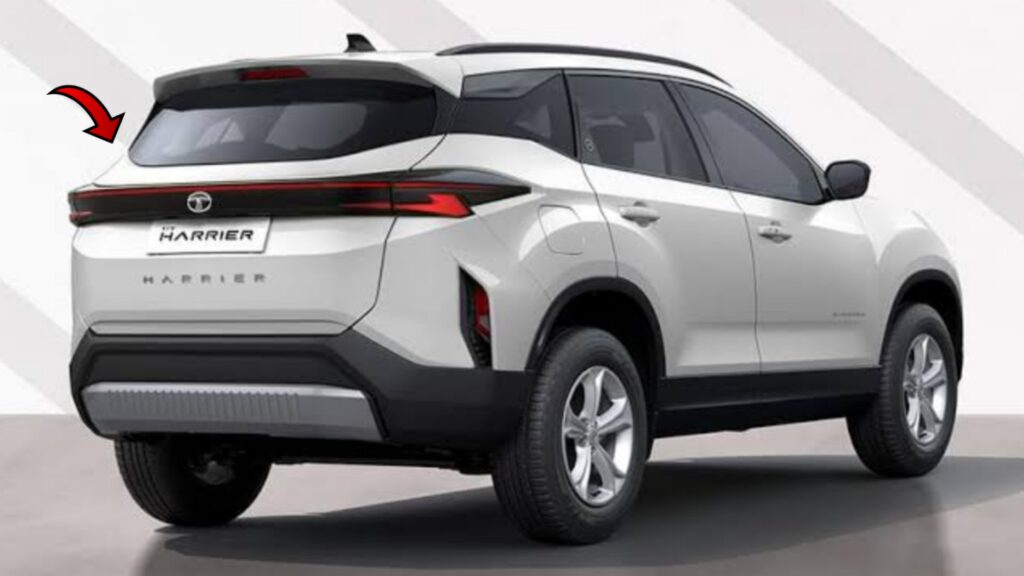
Common Features in Both Cars
- JBL Sound System
- Panoramic Sunroof
- Power + Ventilated Seats
- Dual-Zone AC
- Cabin Air Purifier
- Ambient Lighting
- Cooled Storage
- Sun Shades
Powertrain
The Harrier EV is offered in two powertrain options. First, there is a model with a 65 kWh battery. It produces 238 bhp, and this model is rear-wheel drive. That is, the power is sent only to the rear wheels of the car. This provides a smooth driving experience and is conducive to efficiency.
Next, there is a model with a 75 kWh battery with more power and technology. It has a dual-motor system. That is, one motor is at the front of the car with 158 bhp and the other motor is at the rear of the car with 238 bhp.
Together, these two provide 396 bhp and 504 Nm of torque. This model is a complete all-wheel drive, meaning that the power is sent to all four wheels of the car. This increases road holding and provides frantic acceleration. It reaches a speed of 0 to 100 kmph in just 6.3 seconds.
In comparison, the Harrier Diesel model has a 2-liter diesel engine. It delivers 170 bhp of power and 350 Nm of torque. But it is Front Wheel Drive only, meaning that the power is sent only to the front wheels. This diesel model takes 11 to 12 seconds to reach a speed of 0 to 100 kmph.
So, it is clear that the performance of the EV model is twice that of the diesel model. With more power, more speed in less time, and an advanced dual motor setup, the Harrier EV is a very Future-Ready and Performance-Oriented car.
Range vs Mileage
There are several key differences in the range and cost of the Harrier EV and the Harrier Diesel.
Let’s first look at the Harrier EV. It offers two different battery options. The larger 75 kWh battery model, according to Tata Motors, can travel up to 627 kilometers. However, in real life, we can expect to travel around 500 kilometers.
The second option, a 65 kWh battery model, although according to the company’s data, it can travel up to 500 kilometers, in practice it will only be around 400 kilometers.
The Harrier EV also has a fast charging facility. With DC fast charging, you can charge from 20% to 80% in about 25 minutes. If you want to charge with a 7.2 kW charger at home, it will take about 11 to 13 hours to fully charge.
On the other hand, the mileage of the Harrier Diesel is around 12 to 13 kilometers per liter. The fuel tank of this car has a capacity of 50 liters. So, after filling up once, you can travel around 600 to 650 kilometers.
The main difference is in the running cost. The cost of running the Harrier EV is very low, in fact, you can say “not that much”. But a diesel car always has fuel costs. So for long trips and day-trips, the Harrier EV is very cost-effective.
Off-Road Capabilities
When comparing the Harrier EV and Harrier Diesel, the Harrier EV has a significant improvement in off-road capabilities.
The Harrier EV has an All-Wheel Drive system. This means that power is provided to all the wheels of the car. This is very important because such a system helps the car to drive easily in various terrain conditions. In addition, the Harrier EV has six different terrain travel modes.
There are six types namely Snow, Sand, Rock Crawl, Mud/Rust, Custom and Normal. Each of these modes helps to drive easily on different terrains (snow forest, sand land, hilly road, swamp land, etc.). Also, a special mode called Transparent Mode is provided. This works as a technology that shows the ground in front of the vehicle. This is very beneficial in off-roading trips.
The Harrier EV also features advanced suspension systems like Multi-link Suspension and Frequency Dependent Dampers. This automatically adjusts the suspension according to the road conditions, providing stability and close control to the ride.
On the other hand, the Harrier Diesel car only has Front-Wheel Drive. This means that power is supplied only to the front wheels. As a result, the car is not suitable for off-roading. It also has only three normal travel modes – Eco, City and Sports.
Therefore, the Harrier Diesel will not be a convenient choice for places like cross-country roads, mountain paths or challenging terrain.
Safety
- 5 Star Rating in Bharat NCAP: Both the Harrier EV and Harrier Diesel have received the highest 5 star rating in India’s Bharat NCAP safety test. This ensures maximum safety for the passengers.
- 7 Airbags: In case of an unexpected collision, the car is provided with 7 airbags to protect the passengers on all sides.
- Electronic Stability Program (ESP): This technology improves the stability of the vehicle on the road and helps in stabilizing the vehicle during sudden turns.
- TPMS (Tyre Pressure Monitoring System): A system that monitors the air pressure in the tires and provides a warning if it is low. This helps in avoiding accidents.
- ADAS Level 2 (Advanced Driver Assistance System): A system with technologies including automatic proximity detection, lane change assistance, and adaptive cruise control. This improves the safety of the driver.
- Hill Start Assist: Technology that helps the vehicle to stop and start safely on hilly roads.
- Emergency SOS Call System: A system that allows you to automatically or manually make a call to contact help services in an emergency.
Additional Safety Features on the Harrier EV
- TIDAL Platform-based Safety: Built on Tata’s new TIDAL (Tata Innovative Designed Architecture for Life) platform, the system works reliably and increases its ability to withstand impacts.
- Dash Cam Integration: The dashcam feature that records the front view as a video not only saves the highlights of the trip, but also serves as a witness in the event of an accident.
Final Verdict – Diesel or EV?
Harrier Diesel is a great choice for those who travel long distances frequently. It is especially suitable for those who use the vehicle a lot in rural areas. This diesel vehicle, which has been operating reliably for many years, is a “proven” and trusted car.
You can fill up on diesel at any time and hit the road immediately. There will be no “range anxiety”. That is why the Harrier Diesel is a promising choice for those who want to travel regularly and are looking for a vehicle that is easy to get used to.
On the contrary, the Harrier EV is better for those who need more “performance” and those who want technology and future-proof features. Moreover, the off-road capability of the EV proves that it is not just an ordinary electric vehicle. If you want to travel on rocky, sandy, rainy roads, then the EV is the right choice.
Many people say about EVs that “people buy them to save money”. But we don’t really believe that. The reason is, no matter how advanced a diesel vehicle is, it cannot compete with the power of an EV. The instant torque, quiet running, and modern driving experience of an electric motor have made the EV a new generation of vehicle.
Now tell me, Harrier Diesel vs Harrier EV, which one would you choose?
